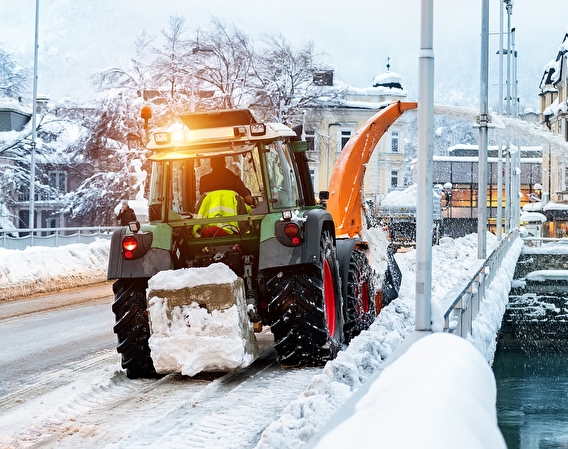
A new software tool from Clear Roads may help agencies identify roadside environments most sensitive to chloride deicers—which could then help mitigate the impacts of winter road-clearing activities on these environments and on drinking water.
The sensitivity of roadside environments to chlorides depends on factors such as soil type, drainage, nearby waterways, and land use. When choosing deicing products, winter maintenance managers must consider minimizing human exposure and protecting environmental resources in addition to public safety and fiscal reasons to reduce salt use.
Although few viable alternatives to chloride deicers exist, there are strategies to potentially reduce chloride use, including adjusting application rates, using specially treated chloride mixtures, and implementing brine preapplication. To target mitigation efforts and cost-effectively balance mobility needs with protecting resources, Clear Roads agencies sought to understand which roadway areas have natural resources most vulnerable to chloride use.
The GIS-based model, when run with suitable software and computing capacity, successfully processed numerous variables and calculated a relative sensitivity value for roadside environments. The new software tool required significant computer processing and storage resources.
Testing the tool revealed installation difficulties and a steep learning curve, resulting in usability issues. Barriers included agency firewall policies, network or server issues, computer storage, limited access to data sets, and incompatible software versions.
In response, investigators developed a “pre-install” tool to support software installation and retrieval of necessary data. A user guide and video describe installation steps and instructions for use.
Learn more: